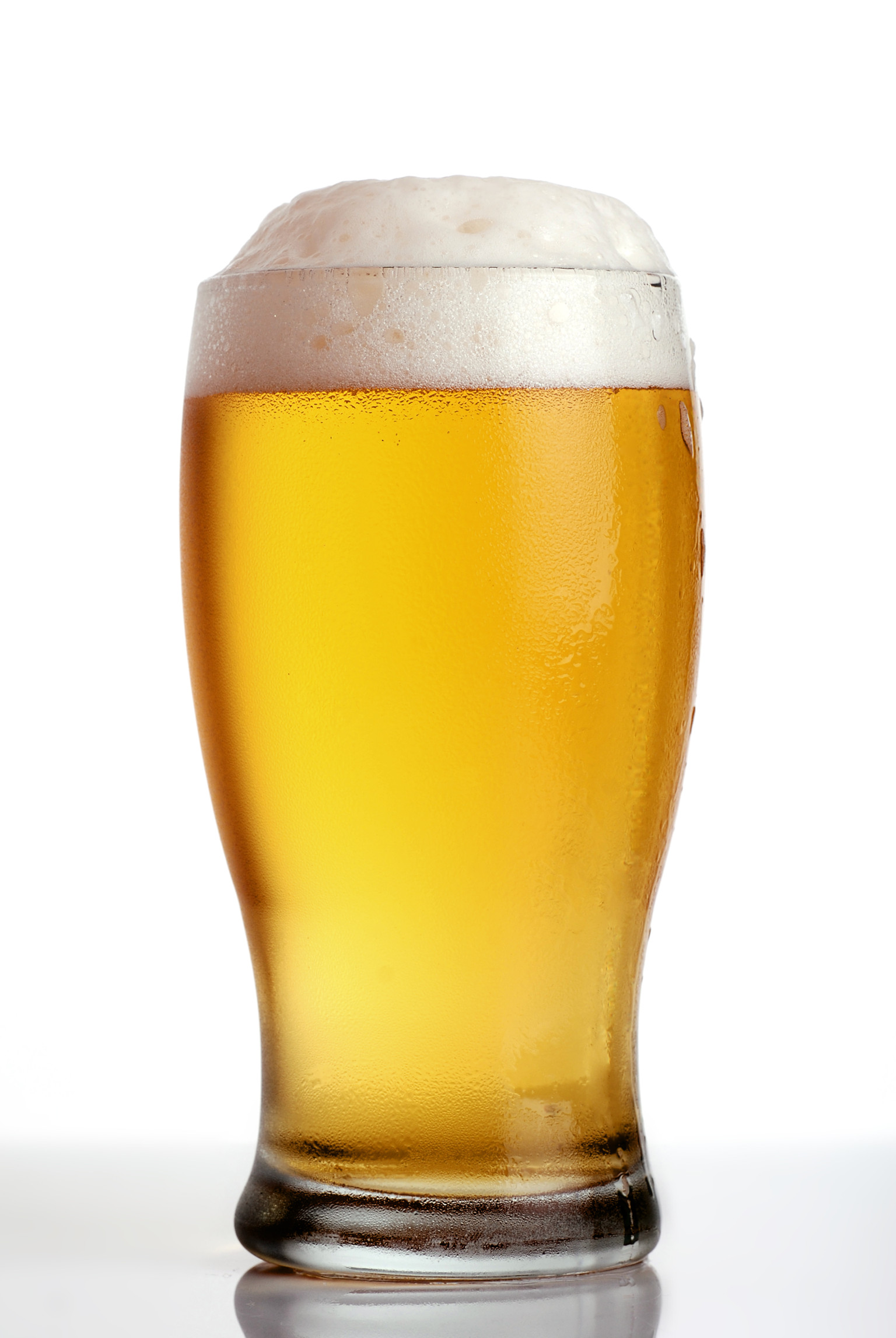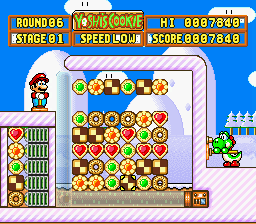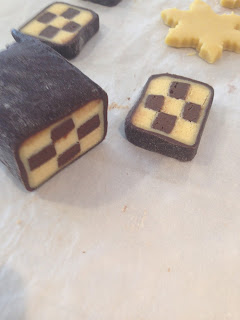Hello fork musketeers!
It's almost been a whole (albeit busy) month and not a single post on chocolate? I call that blasphemy. So here is how I'll make it up to you guys: let's talk about tempering chocolate.
What is tempering?
If you've even dipped your toes into making adorable, small chocolates, chances are you've tried your hand at tempering chocolate. Heck, if you're even remotely aware of the chocolate process, chances are you've at least heard of it. You may not know exactly what it is but all you know is it's something something shiny chocolate; something something mmm so tasty in my tummy.
Without getting too technical, tempering, or crystallization, is the process of getting the cocoa butter crystals into the right pattern/formation to give chocolate all of its characteristic qualities: the snap; the taste and the smooth appearance. If you've done some basic searches on the internet, most resources tend to talk about tempering in terms of temperature. At school, however, my teachers insist on calling it crystallization. No joke, they'll always correct us when we say tempering. So what's the big deal?
Well, it's a matter of perception. The school of thought for tempering relies solely on a number. Yes, while it's true that the crystals you want melt at X temperature and you need it bring it down to Y temperature, chocolate is still a living medium. It's not quite like bread, but some chocolates don't act the way they normally should. For example, we did a bunch of dark chocolates with coloured stuff (cocoa butter based) and remelted it all. After that, it started being a little weird; namely staying streaky and getting really thick soon after it reached the desired consistency.
Now if we were using a thermometer, we would be too afraid to raise the temperature because it wouldn't be the "right temperature". In reality we needed to raise the temperature to keep the right consistency. Tempering involves relying on numbers that may not otherwise work; crystallization involves listening to your chocolate and reacting accordingly to make your work easier.
If you're curious about the technical parts, you can take a look for the heading, Technical Deep Dive. It'll be at the end of the post.
Methods for tempering
There are a lot of different ways to temper chocolate. Ideally, when you're done, your chocolate should feel slightly cool to the touch (approx. 30˚C ish). At school we learned two methods: the table method and the seedling method. Whether you choose the first or second method, you need to have a bain-marie set up (double boiler). Putting chocolate directly into your hot pan/pot will most likely burn it. At that point you're just burning away your hard-earned cash, which is no fun to anyone.
1. Table method
The table method needs a few things. For this you'll need:
- An icing spatula
- A wide scraper
- Marble or granite counter top.
Melt your chocolate until it feels pretty warm. If you like numbers, that's around 50˚C. When your chocolate is hot enough, pour 2/3 of it onto the table and start spreading it around with your icing spatula. Then gather the chocolate with your scraper into the centre. Rinse and repeat.
To test the final temperature of your chocolate, dip the top part of your pinky/finger into the hot chocolate, wipe, then into the tabled chocolate. You'll get an idea how cool or warm your chocolate will be when you mix the two parts together. Just make sure the tabled chocolate doesn't start to crystallize or thicken too much; that's usually a bit too much.
When it's at the right temperature, put all of the chocolate back into the bowl and start mixing. It should be slightly below body temperature. Warm it up slightly to get it at a workable consistency.
Pros
1. No bits of unmelted chocolate like in the seedling method. So it's more "clean" in that sense.
2. Makes the overall tempering process quicker.
Cons
1. Requires a number of tools most people don't have at home.
2. Dirties your counter space.
3. Requires more active time dedicated to chocolate rather than doing something else.
2. Seedling method
This is a very accessible method. Obviously not everyone have a marble/granite table and it doesn't even need any tools aside from your spatula to do it!
You'll melt 2/3 of your total chocolate and raise the temperature to about 40˚C (so it should feel warm). Then dump the rest of the chocolate in there and let it melt the chocolate. You can either leave it for a while or mix it.
You'll probably be left with some pieces of chocolate, but don't fret; just bring your bain-marie to a boil and stick your bowl on top for 5-15s. Take it off; stir and gently melt the remaining pieces. Or, if you're too impatient, you can pick them out or run it through a sifter.
Pros
1. Leaves your work space very clean since it's all in the bowl.
2. Allows you to multitask better since you can leave this alone and come back 5-10 minutes later.
Cons
1. Those naughty chocolate bits that didn't melt. (Super annoying)
2. Chocolate cools down at its own pace.
Protip: Chocolate is pretty expensive. Chocolate also happens to be very forgiving - it can just be remelted if you mess up. Remember to scrape your work surface and your tools to reduce the amount of chocolate that goes down your sink and save your hard-earned cash!
Now whether you choose to use the table method or the seedling method, you'll want to check if your chocolate is ready before using it. The easiest way to do this is to take a piece of parchment paper and gently dip one side of it on the surface of your chocolate. Then place the parchment paper, clean side down, onto a cold surface. Now wait.
There's something very interesting that happens. By cooling your chocolate down immediately from a certain temperature, your chocolate will either: crystallize with streaks/dots; crystallize perfectly (smooth and delicious) or take forever to crystallize. So weird, right?
Here are some rules of thumb when handling chocolate:
1. The test should crystallize in less than 5 minutes. Any longer than 3 minutes usually means your chocolate is too warm.
2. If your chocolate crystallizes streaky or dotty, it can mean it's still too warm and/or your chocolate isn't well-mixed. Make sure to mix it very well with your spatula to incorporate the cocoa butter and try again.
3. If you're using chocolate you've melted before, you can mix in new chocolate if you feel iffy about it. Both my teachers said opposing things, so try a batch of "old" chocolate and a batch of new and recycled chocolate. It can't really hurt.
4. You can use a hand blender to cut the bits of chocolate that haven't melted. It helps speed up the cooling process as well.
5. If nothing works, try re-tempering it again.
6. If nothing really works, put it aside and do something else.
Protips
#1. I know home bakers tend to work in small batches but it's actually easier to temper and work with a big batch of chocolate. This is because, by virtue of having more mass, a big batch of chocolate will hold the right temperature longer. This allows you to work more at your leisure rather than constantly cooling and reheating your chocolate to do only piece at a time.
#2. When you're done with your chocolate, pour the rest of it onto a sheet of parchment paper to crystallize. Remember to scrape the bowl as well!
#3. Scraping chocolate is a lot easier when it's solid than when it's still fluid. If you have a small icing spatula, those are perfect for scraping the insides of a bowl. It's also my favourite way to clean a bowl.
Chocolate is a forgiving medium but you need a lot of patience with it. You'll need practice to master the art of proper crystallization but when you do... the chocolate world becomes your oyster.
Technical Deep Dive
So, what's this business thing about crystals and stuff?
If you're familiar with the composition of chocolate, chocolate is mainly made up of cocoa mass and cocoa butter. The key ingredient you're paying attention to for proper crystallization is the cocoa butter.
Cocoa butter is a "polymorph". Not that it can take random shapes, but it's a term that means the cocoa butter's molecules can take on many different patterns or structural shapes. The molecules can go into 6 (!!!) different shapes; the formation chocolatiers want is type 5: the crystal formation that gives chocolate its delicious, snappy and smooth surface.
Nature being nature, untempered chocolate naturally has all 6 different kinds of formations in different proportions. By heating the chocolate above body temperature, you're effectively deconstructing all the crystals in the chocolate - a tabula rasa or a blank slate if you will. So that's why you have to heat up chocolate, aside from making it uniformly fluid.
Now why do you have to cool it down? Well, it turns out types 1-5 all form and melt at different temperatures. You know what's really convenient? Type 5 forms at around 30˚C or just below body temperature. So if you're trying to temper your chocolate, it may fall to about 29˚C or 30˚C. It's no biggie; just gently heat it back up, which will also make the other types melt and leave the desired type 5 crystals. Now you know why most chocolate tempering tutorials use that magic number.
Realistically speaking you're always going to have a bit of the other crystal formations. However, there's something magical that happens when you mold your chocolates at the right crystallization point. Chocolate has a "memory". As it cools, type 5 crystals will be the dominant formation and it also makes all the other crystals take on the type 5 form. It will continue to harden and crystallize until it's finally set with the wonderful chocolate, snappy and glossy smooth qualities.
As long as your chocolate doesn't completely set (become solid), you don't need to re-temper it. Your chocolate already has the predominant type 5 crystals, so you just need to reheat the chocolate to the workable consistency. Just make sure not to heat it up too much, otherwise you'll be starting from square 1.
I hope this post was helpful. If you have any questions and or comments, don't be shy and leave it down below or contact me by email on the side bar. Thanks for reading!


















































